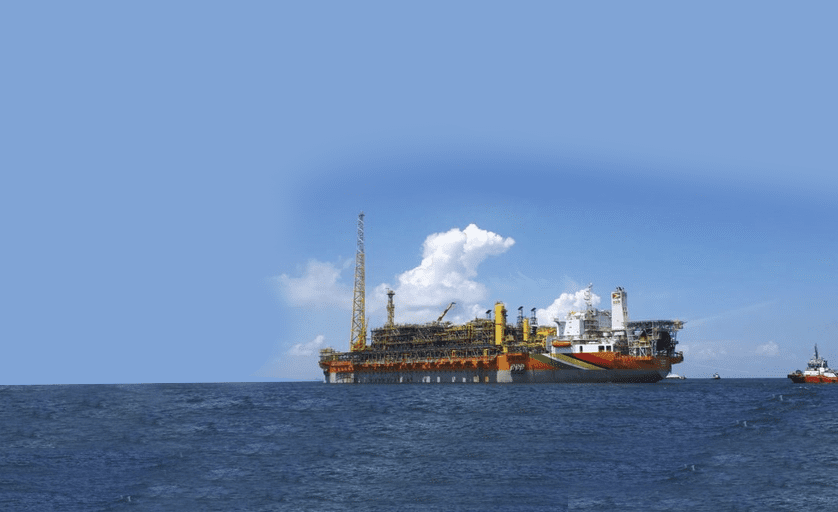The start of oil production in Guyana last year has increased the urgency with which the South American country’s institutional capacity and regulations had to be addressed, not only in oil and gas, but other sectors as well.
This is according to a paper published by the Inter-American Development Bank (IDB) in August this year. Titled ‘Traversing a Slippery Slope: Guyana’s Oil Opportunity’, the article was written by Lenin H. Balza, Emily Brearley, Dillon Clarke and Victor Gauto.
The document said that windfall notwithstanding, the newly garnered resources could strain institutions which may be unprepared for the new economic realities of the country of almost 800,000 people.
“Oil production introduces a new set of challenges. The size of the expected oil-related windfall, in combination with existing development challenges, is expected to strain the current legal and regulatory framework, public finances, and potentially economic competitiveness in terms of price levels and the real exchange rate,” the authors said. “Additionally, the new economic dynamics of oil production are likely to contribute to increased migration inflows, greater electricity demand, and greater housing demand in a geographic location where around 90 percent of the population resides in low-lying coastal areas.”
According to the paper, this introduces policy challenges for urban development, immigration policy, environmental risk management, and climate risk mitigation.
The IDB said that oil production is expected to be Guyana’s main driver of economic growth despite recent IMF downward revisions to the GDP growth estimate. The IMF in October 2019 estimated that Guyana’s GDP would grow by 85.6 percent in 2020. However, plummeting oil prices and the coronavirus pandemic have affected growth estimates around the world.
“In April 2020, the IMF updated Guyana’s GDP growth estimate to 52.8 percent. This is remarkable considering that out of 26 countries in the region, all other countries are expected to have contractions varying between 1 and 15 percent. Non-oil GDP growth was estimated to be 4.8 percent before the coronavirus, which will surely be lower now,” the IDB paper stated.
It is estimated that with Guyana’s relatively small population and the size of the discovered resources so far in the order of over 8 billion barrels, Guyana will eventually have one of the highest per capita incomes in the world. Production commenced in December 2019 with the Liza Phase 1 development and it is estimated that by 2026 there could be up to five Floating Production Storage and Offloading (FPSO) units producing over 750,000 barrels of oil per day.
The new government in Guyana has repeatedly voiced its commitment to ensuing that the necessary institutional capacity is developed to manage the oil wealth in a transparent manner that would benefit Guyanese. Further, the administration noted that it was mindful of the dangers of the Dutch Disease and as such will use the new resources that oil will bring to strengthen other sectors of the economy.



